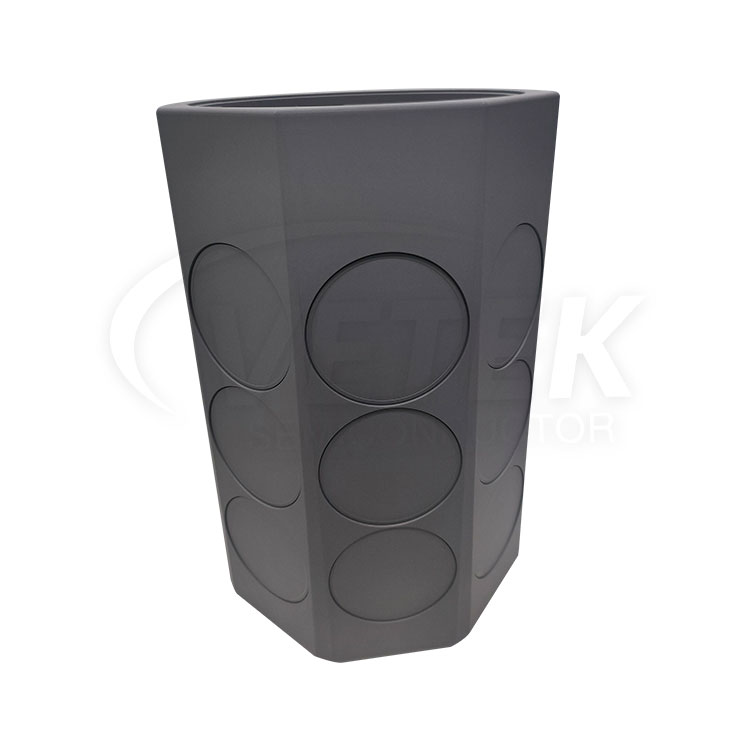The Benefits of Silicon Carbide (SiC) Coating in Industrial Applications
2024-07-10
Exploring the Applications of Silicon Carbide (SiC) Coating in Emerging Technologies

Silicon Carbide (SiC) coating is not only revolutionizing traditional industries but also playing a pivotal role in the development of emerging technologies. From renewable energy solutions to advanced medical devices, SiC coating is proving to be a versatile and indispensable material. In this blog, we will delve into some of the most exciting applications of SiC coating in cutting-edge technologies.
1. Renewable Energy Systems
As the world shifts towards renewable energy sources, the demand for efficient and durable materials is on the rise. SiC coating is making significant contributions to solar and wind energy systems. In solar panels, SiC-coated components enhance efficiency by reducing energy loss and improving thermal management. Similarly, in wind turbines, SiC coatings protect blades and other parts from wear and corrosion, ensuring longevity and reliable operation.
2. Electric Vehicles (EVs)
The automotive industry is undergoing a transformation with the rise of electric vehicles (EVs). SiC coating is at the forefront of this revolution, particularly in power electronics. SiC-based power devices, such as MOSFETs and diodes, offer higher efficiency and faster switching speeds compared to traditional silicon-based devices. This leads to improved performance, reduced energy consumption, and longer battery life in EVs.
3. 5G Technology and Telecommunications
The rollout of 5G technology promises faster and more reliable communication networks. SiC-coated components are essential in the infrastructure of 5G networks due to their superior thermal conductivity and electrical properties. SiC enables the development of high-frequency devices that can handle the increased data loads and speed requirements of 5G technology, ensuring seamless connectivity.
4. Medical Devices and Implants
In the medical field, SiC coating is being explored for its biocompatibility and durability. SiC-coated medical devices and implants offer improved wear resistance and reduced risk of infection. For example, SiC-coated orthopedic implants can withstand the mechanical stresses of the human body while minimizing the release of harmful particles. Additionally, SiC’s biocompatibility makes it suitable for applications in dental implants and other medical devices.
5. Aerospace and Defense
The aerospace and defense industries demand materials that can withstand extreme conditions and offer high performance. SiC coating meets these requirements by providing exceptional thermal stability, hardness, and corrosion resistance. In aerospace applications, SiC-coated components are used in engines, turbines, and structural parts to enhance durability and efficiency. In defense, SiC coatings protect equipment from harsh environments and ensure reliable operation in critical situations.
6. Advanced Manufacturing
SiC coating is also making its mark in advanced manufacturing processes, such as additive manufacturing (3D printing). SiC-coated printing nozzles and other components offer improved wear resistance and longevity, enabling the production of high-quality, complex parts. This is particularly beneficial in industries like aerospace, automotive, and healthcare, where precision and durability are paramount.
Conclusion
The versatility and exceptional properties of Silicon Carbide coating are driving its adoption in a wide range of emerging technologies. From renewable energy systems and electric vehicles to 5G networks and medical devices, SiC coating is proving to be a critical material in the advancement of modern technology. As research and development continue, we can expect even more innovative applications of SiC coating, further solidifying its role in shaping the future of technology.


